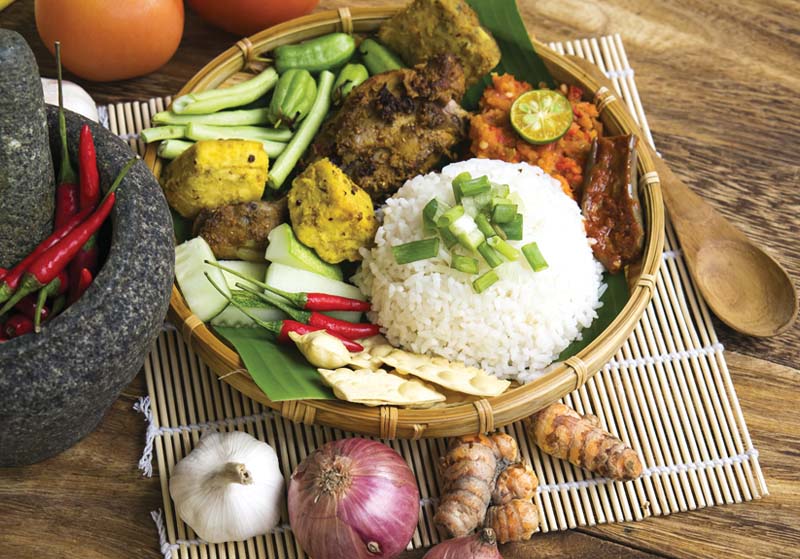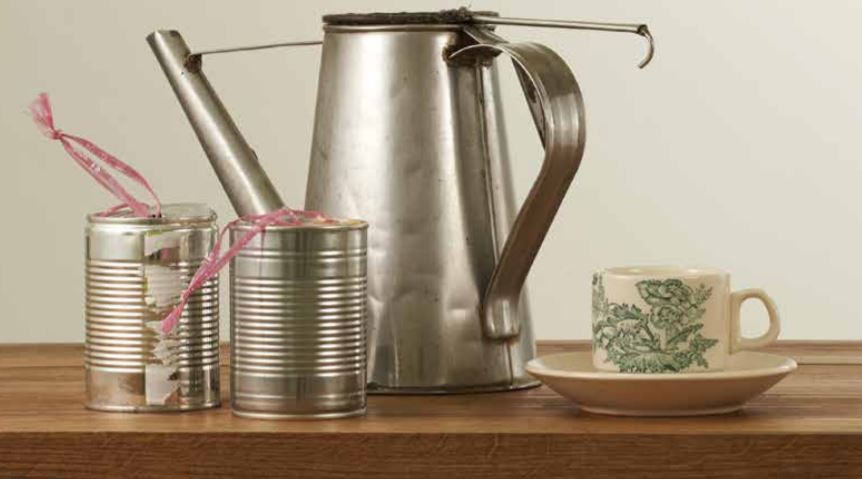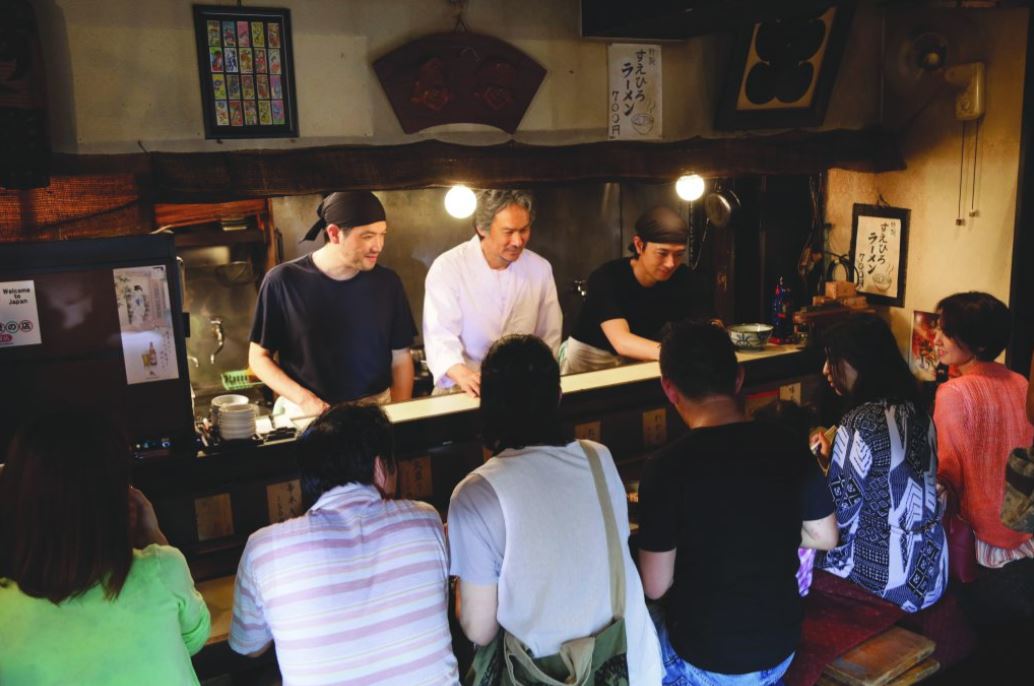Food
Cups and Sources: Hunting Down the Origins of Kueh Pie Tee
Kueh pie tee is a fixture of classic Singaporean cooking, yet its identity has the shape of an enigma, filled with mystery and garnished with riddles.
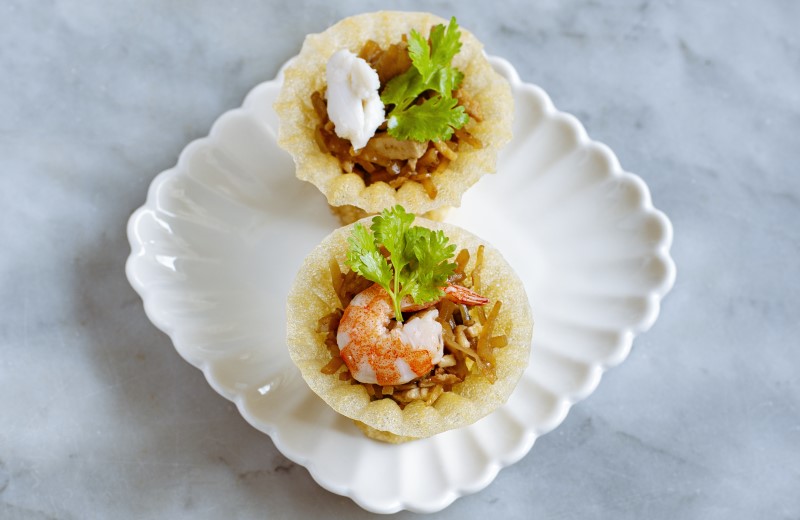
The Scoop on Otak Blangah
Cracking fish bones and throwing fish patties – making otak blangah is a workout! How does this uncommon Peranakan dish taste in comparison to the all-familiar otak-otak? Tanya Pillay-Nair from the Peranakan Indian Association of Singapore revives this old recipe with her aunt.
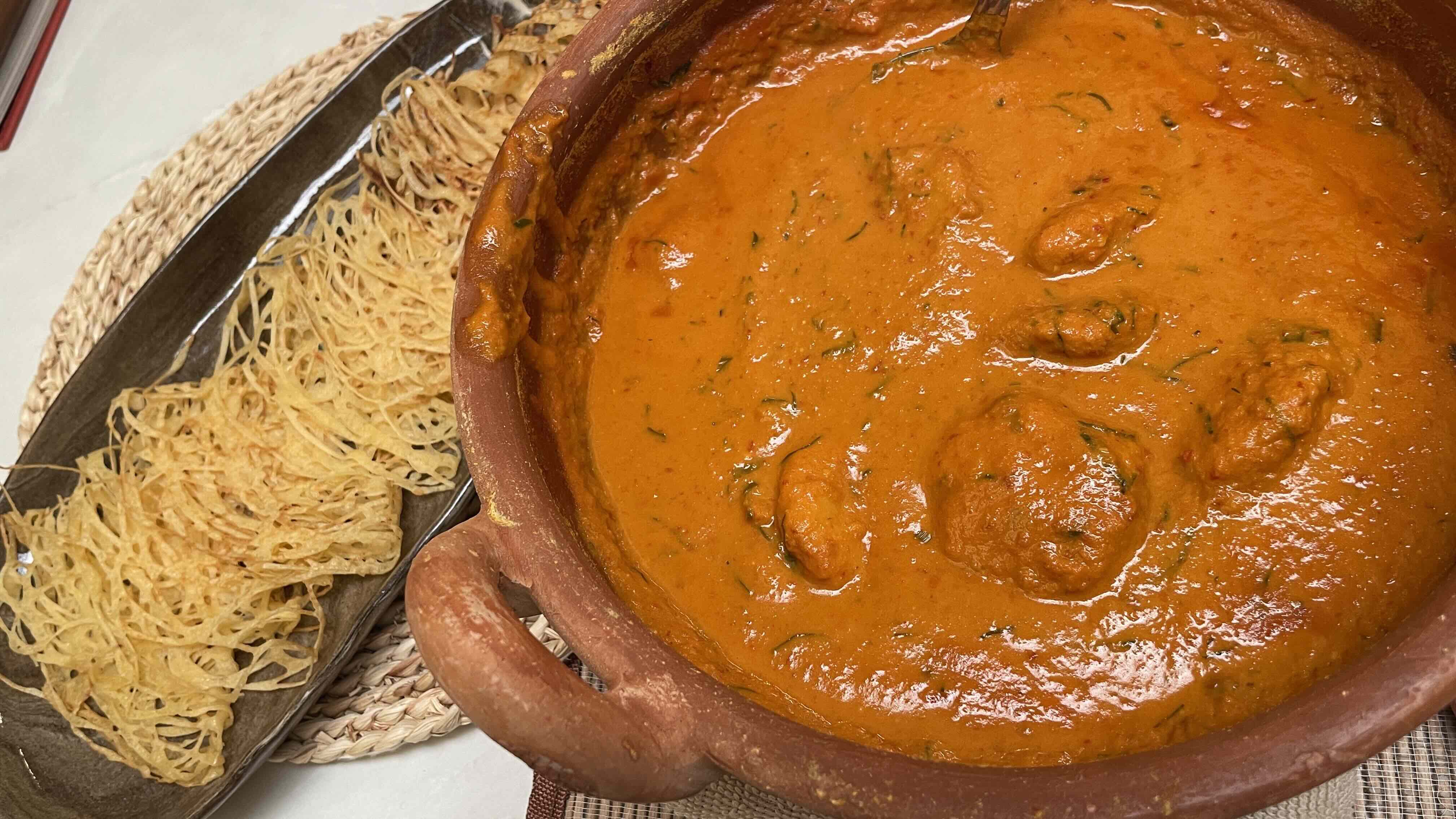
Food of the Peranakan Indians
Growing up as a Chetti Melaka (Peranakan Indian), Tanya realised her family was different when she was seven or eight years old. Her family spoke Malay at home, ate sambal belacan, and had huge parties with a lot of unusual food. In this episode, Tanya talks with pride about the rituals of the ancestor worship known parachu and the cookbook containing traditional recipes of the Chetti Melaka community.

The Chinese Vegetarian Foodscape of the 1950s–60s
Set up by five Buddhist women in 1946, Loke Woh Yuen was the first Chinese vegetarian restaurant in Singapore. It employed an all-female staff, was known for its popular shark’s fin made from maize, and was sometimes so packed that it had to set up dining tents that stretched to the main road. Its efforts to spread vegetarianism were complemented by other Buddhist women and nuns who wrote cookbooks and fundraised for charity.
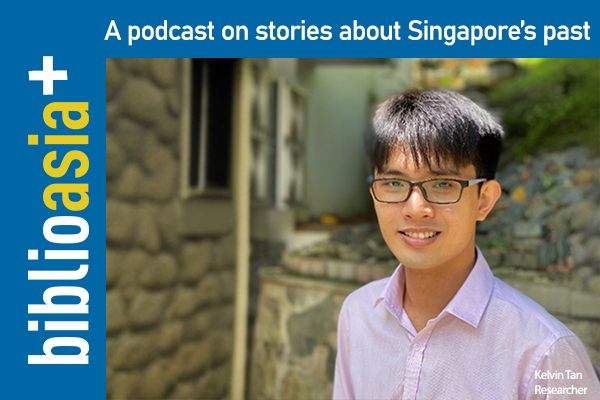
Soon Kueh Stories
What does a soon kueh recipe have to do with a Buddhist temple? Find out as researcher Kelvin Tan conquers sticky dough to make this humble vegetarian snack.
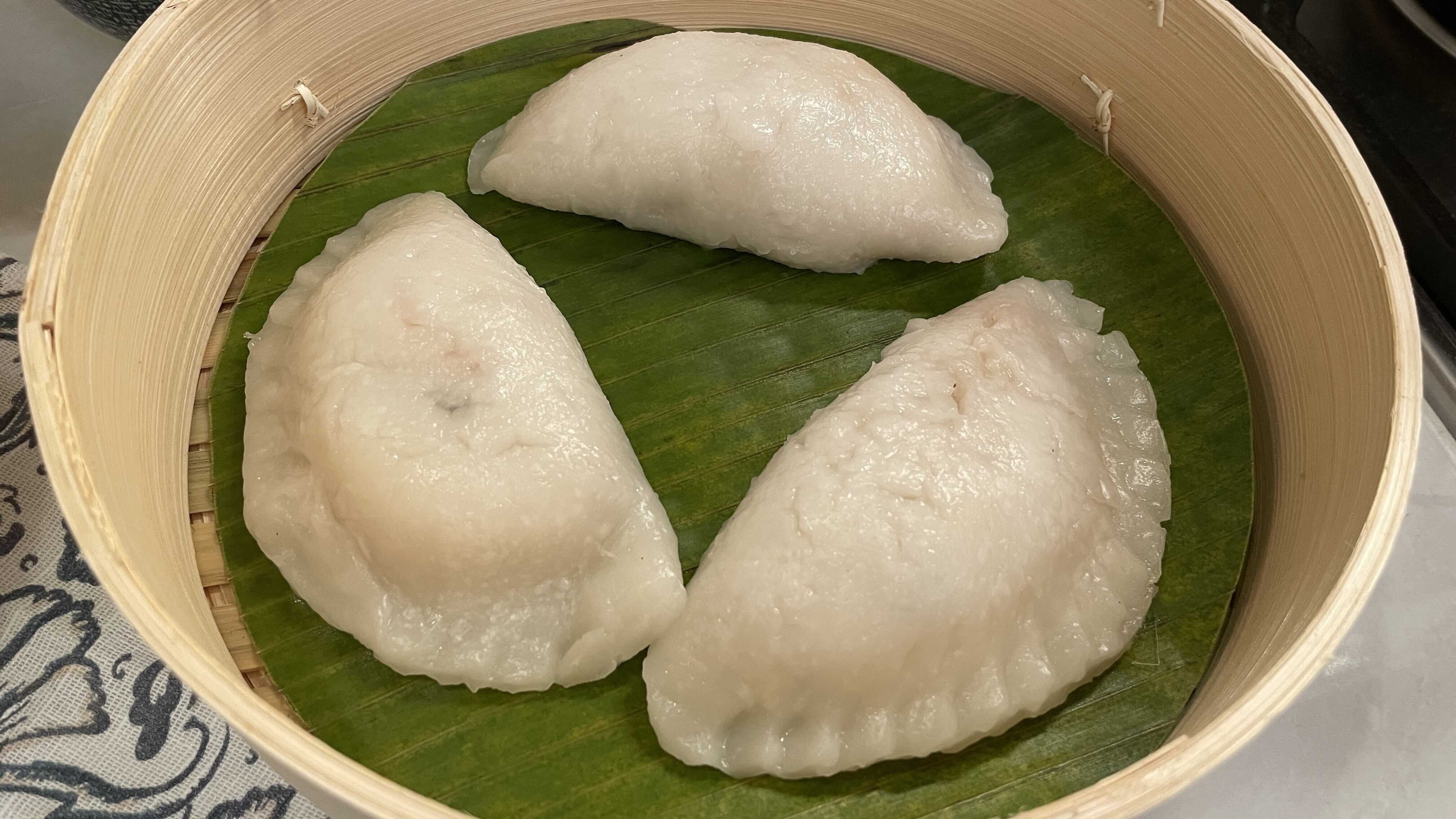
Hajah Asfiah: A Guardian of Traditional Malay Culture
A tireless steward of Malay culture, Hajah Asfiah worked all her life to preserve and pass on Malay crafts. When she was just 10, she began teaching embroidery and flower arrangement in school. Later in life, she was a mak andam (wedding attendant) for more than 20 years and worked with more than 1,000 brides. At age 65, she got her cookbook Hidangan Warisan Kita (Our Heritage Dishes; 1986) published by Times Books International; it was the publisher’s first cookbook, written in Malay by a Malay person. The book had recipes for dishes that have since become extinct. Sadly, she died a year later, but thanks to the book she wrote and the many courses she taught, her memory lives on.
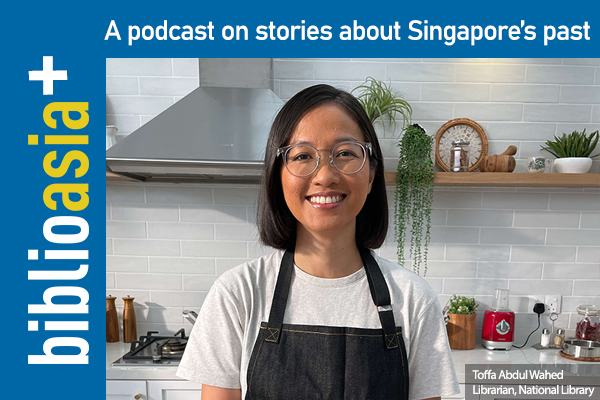
Peeling Back the Layers of Bunga Kobis
Bunga kobis was a dish prepared only for special occasions because of how laborious it was to make. In this episode, librarian Toffa Abdul Wahed tells us more in her attempt to put together this many-layered pastry.
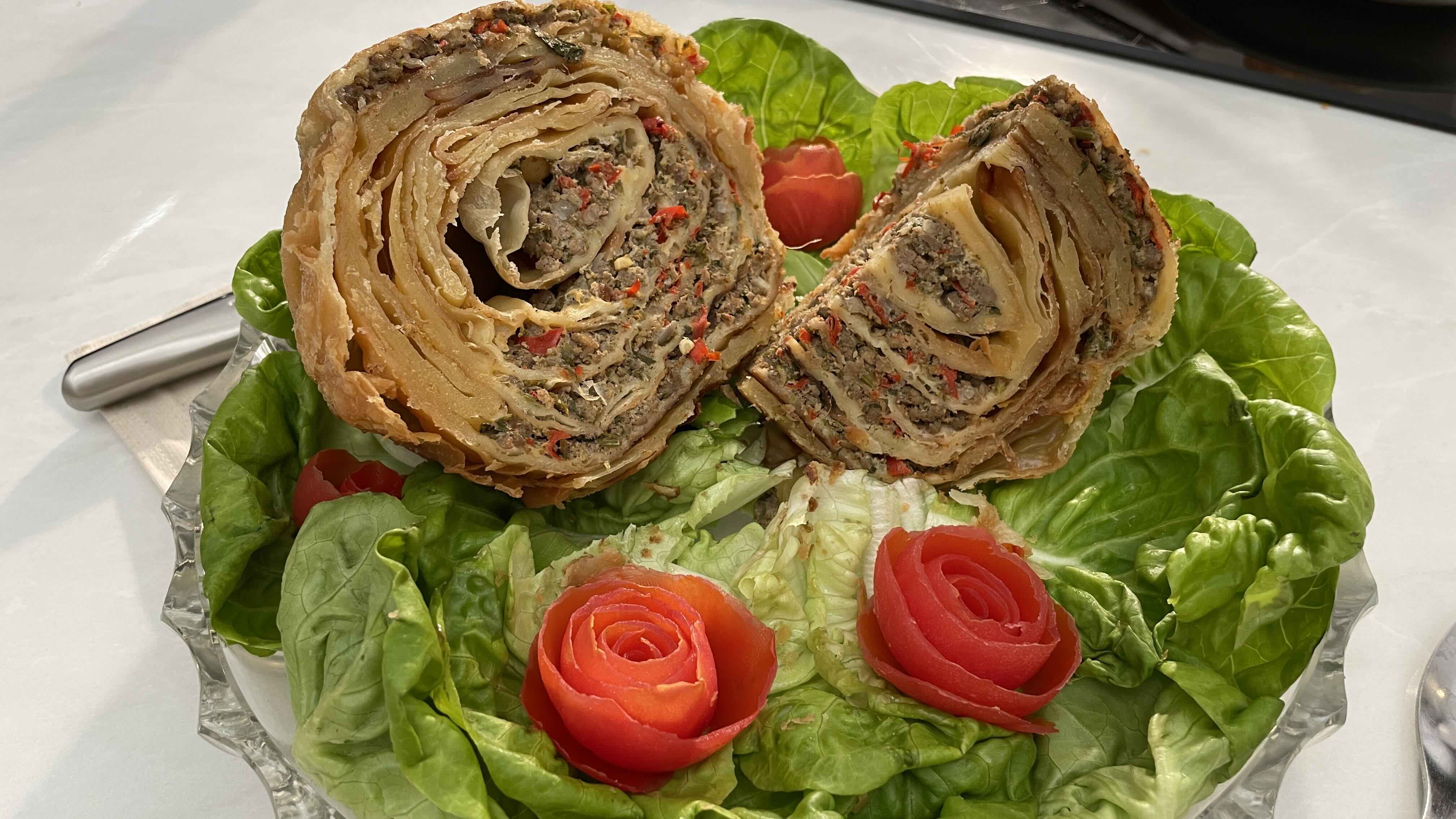
Rediscovering Mee Maidin
We are familiar with local Malay favourites such as mee rebus and mee siam. But mention mee maidin and you might get puzzled looks. Join author Khir Johari as he recreates this rare dish from Kampong Gelam and takes a deep dive into its history and its star ingredient – krill.
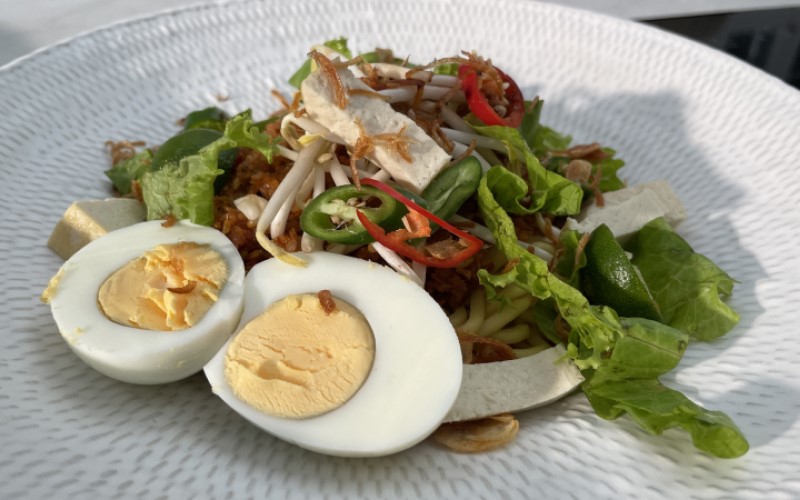
Kampong Gelam: Kitchen of the Malay World
You would hear Malay, Javanese, Tamil and Punjabi as you wandered the streets with shops selling colourful textiles and carpets, spices and flowers. Here you would find different curries and bread, nasi padang, sup tulang, mee siam, a Javanese kitchen, Hainanese coffeeshops and more. Bookstores sold literature and newspapers as far away as Cairo. In this episode, award-winning author Khir Johari talks about the Kampong Gelam that he grew up in.
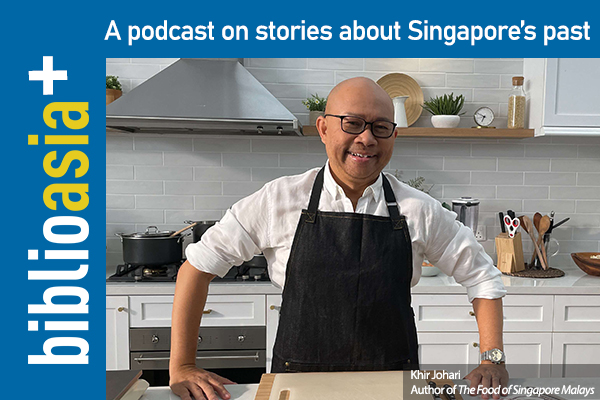
Kueh Pie Tee: A Detective Story
Kueh pie tee is not a pie that goes with tea. So where did the name (and dish) come from? Award-winning cookbook author Christopher Tan combs through old newspapers and cookbooks, in search of the origins of the dish.
PS: Dates back to 1570!

Kueh Pie Tee’s Peculiar Past
How did kueh pie tee get its name? Why is it considered a Peranakan dish? Cookbook author Christopher Tan dives into the mystery of this crispy snack as he makes them using vintage moulds.
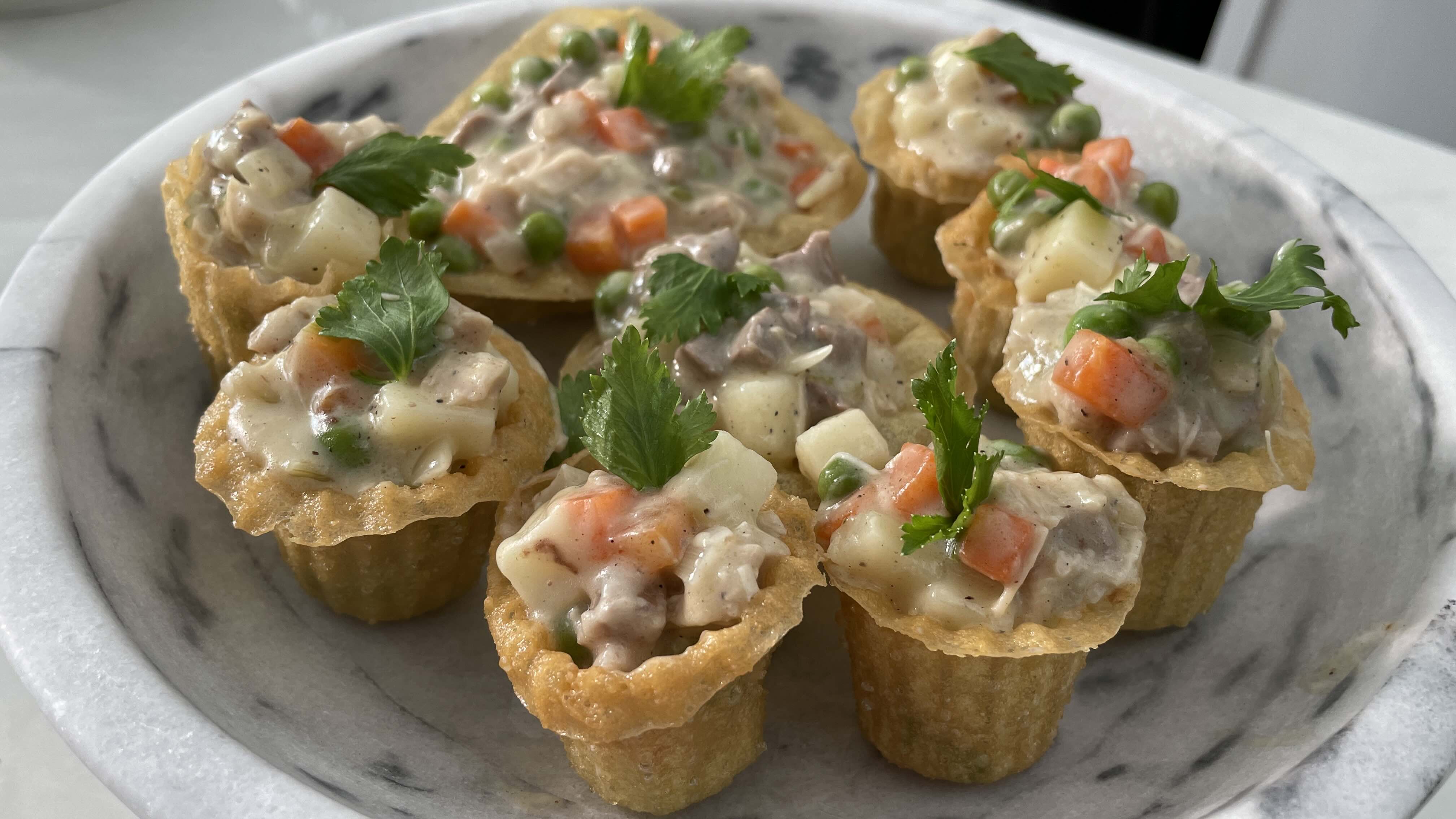
Cikgu Asfiah Abdullah: A Cultural Luminary
A former teacher and mak andam fulfils her dream by writing a book on Malay recipes in 1986, the first all-Malay cookbook from Times Books International.
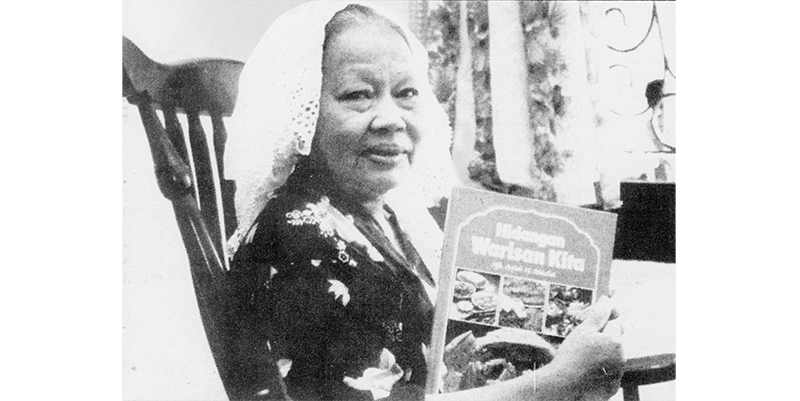
Going Against the (Rice) Grain: The “Eat More Wheat” Campaign
The call for Singaporeans to switch from eating rice to eating wheat in 1967 did not take root despite best efforts by the government.

Belacan: Caviar? Or Vile and Disgusting?
Fermented shrimp is a staple in many cuisines of Southeast Asia, though it takes some getting used to.
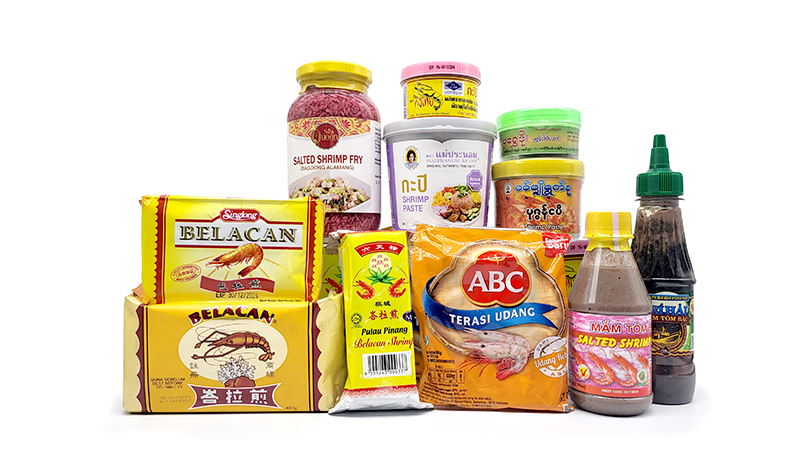
How Chinese Buddhist Women Shaped the Food Landscape in Singapore
Women who practised a particular form of Buddhism set up popular vegetarian restaurants in the 1940s and 50s that met the needs of local Buddhists and also helped promote vegetarianism.
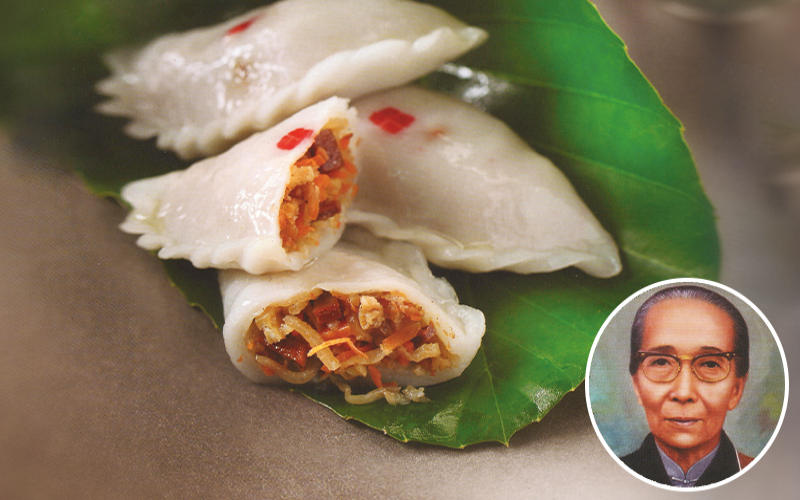
We Are What We Eat: The Evolution of Chinese Food in Singapore
Chinese food in Singapore is a product of the country’s history and geography, reveals Low Sze Wee.
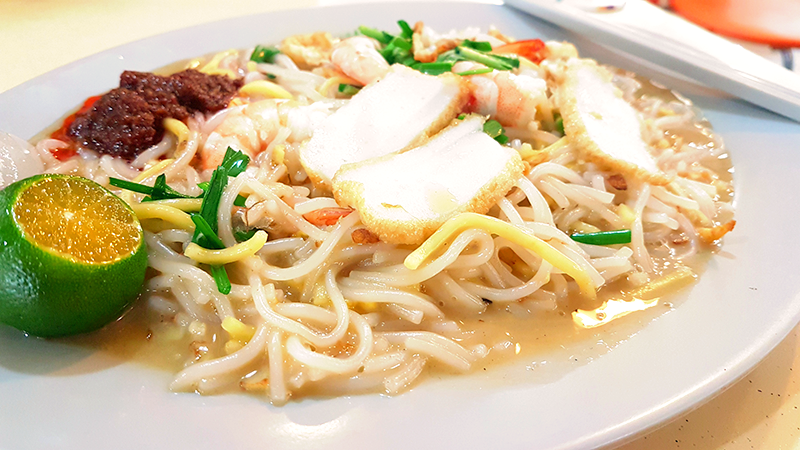
Siti Radhiah’s Cookbooks for the Modern Malay Woman
A number of cookbooks written in the 1940s and 1950s helped expand the traditional Malay culinary repertoire, as Toffa Abdul Wahed tells us.
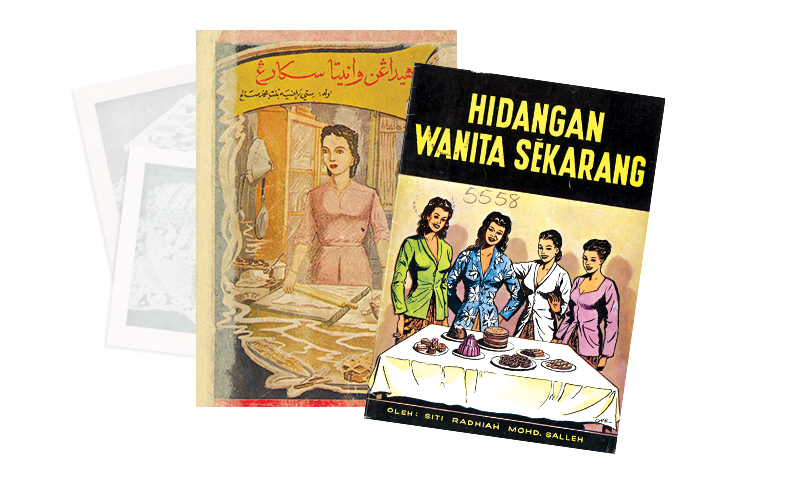
A Bite of History: Betel Chewing in Singapore
Fiona Lim and Geoffrey Pakiam look at a time-honoured tradition that is no longer fashionable.
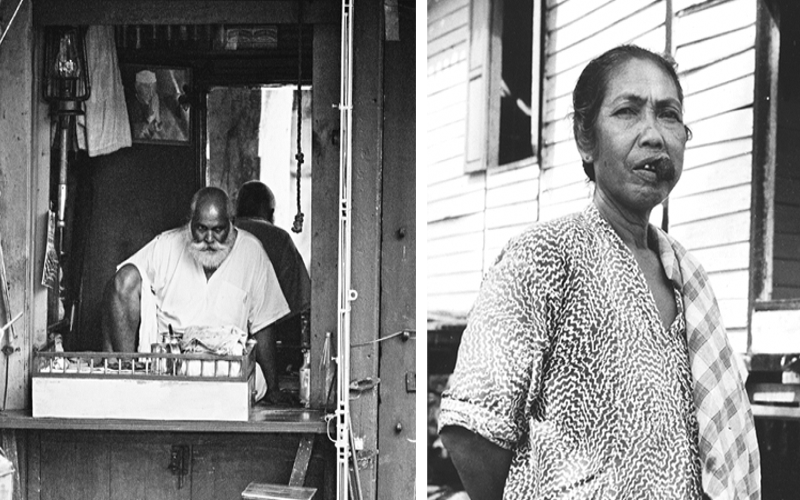
G.H. Cafe: A Dining Landmark on Battery Road
This cafe once loomed large in Singapore’s dining and social scene. Vandana Aggarwal traces its rise and disappearance.

Life Lessons in a Chetty Melaka Kitchen
Thrift, hard work and resilience are qualities that can be nurtured through food. Chantal Sajan recalls the legacy of her grandaunt.
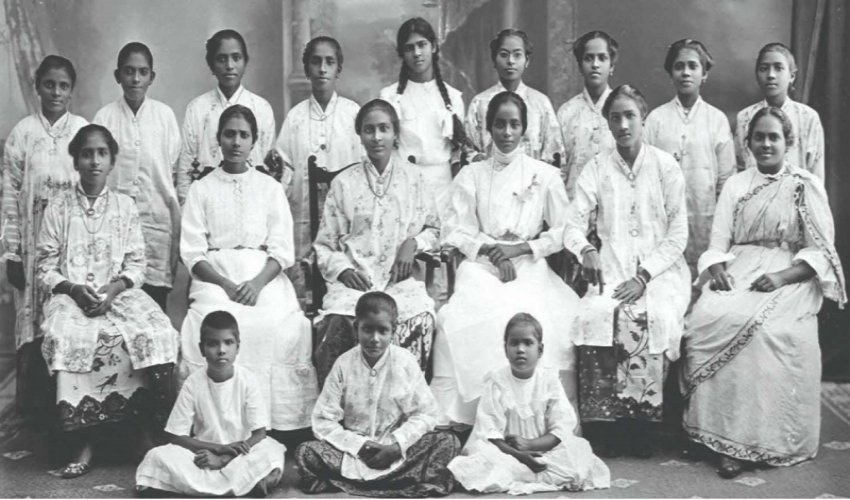
Makan Places and Coffee Socks
Barbara Quek highlights publications that showcase Singapore’s unique hawker fare from the National Library’s Legal Deposit Collection.
Ramen Teh: Food, War and Memory
Eric Khoo tells us how the Japanese Occupation, ramen noodles and bak kut teh became the inspiration for his latest film. Lu Wenshi finds out more.
Recipes for the Ideal Singaporean Female
From cooking, cleaning and becoming a good mother to outsourcing housework as careers for women took off. Sheere Ng charts how home economics lessons have evolved over the years.
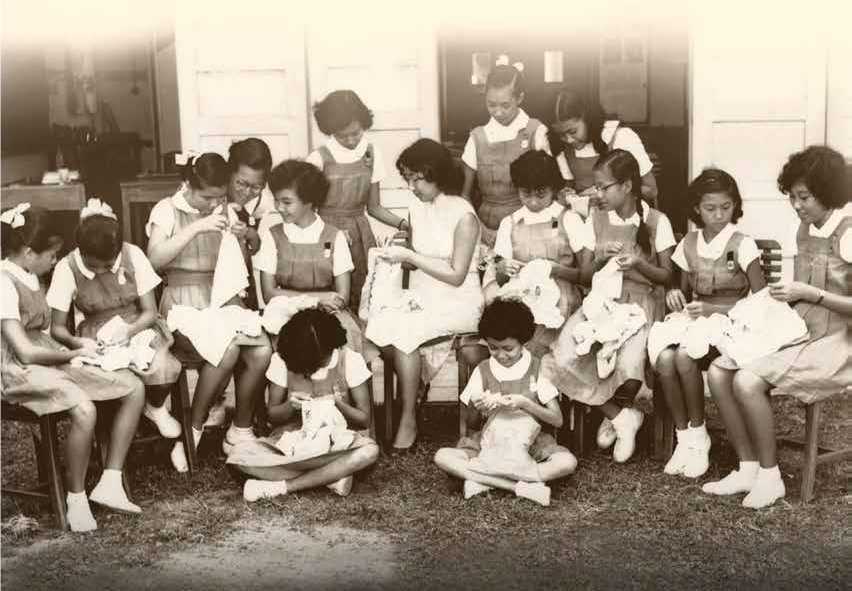
Forgotten Foods & Mealtime Memories
Food writer Sylvia Tan remembers the foods and flavours she grew up with and the less than sanitary practices made for stomachs cast in iron.
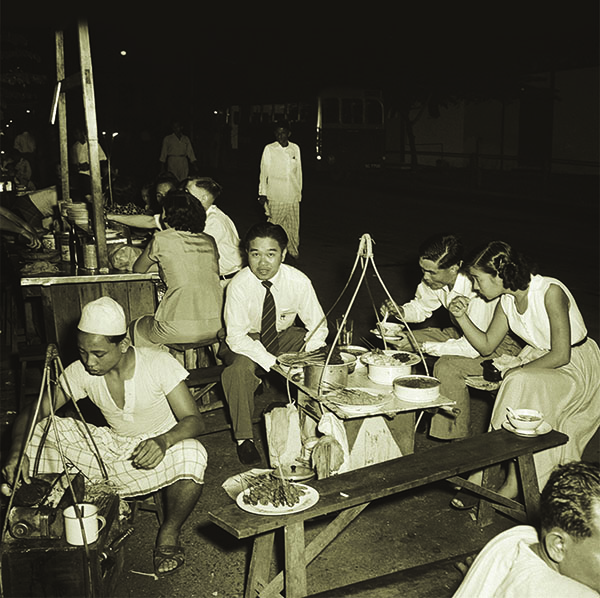
Of Belacan and Curry Puffs: A Taste of Singapore’s Past
Bonny Tan pores through the rich archives of Malayan newspapers and shows how disparate communities have come together to create a food culture that is truly emblematic of Singapore’s multicultural character.
